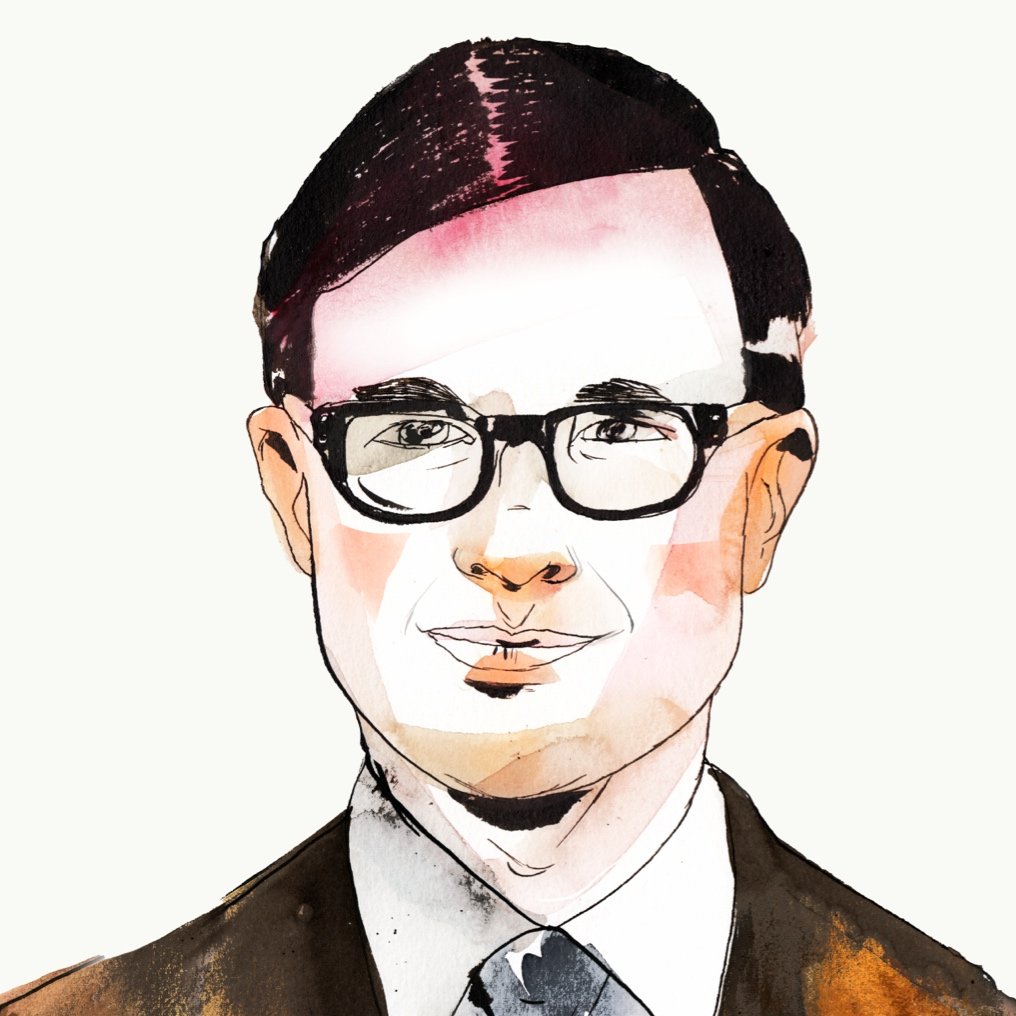Jacob Sullum reports that Thomas Szasz, one of the most vigorous critics of the psychiatric profession, died over the weekend. Jeffrey Oliver explained the importance of Szasz career in the New Atlantis :
Nearly one hundred years after Eugen Bleuler invented the word “schizophrenia” to describe, among others, the “irritable, odd, moody, withdrawn, or exaggeratedly punctual,” those who “vegetate as day laborers, peddlers, even as servants,” and “the wife . . . who is unbearable, constantly scolding, nagging, always making demands but never recognizing duties,” the only way to diagnose this “disease,” or any other mental illness, remains the observation of behavior. Given the complexity of the human psyche, this makes sense: we can hardly expect the many moods and miseries of human life, even the most extreme, to have simple neurological explanations. But given the grand ambitions of modern psychiatry—to explain the human condition, to heal every broken soul—the reliance on behavioral observation has led to the medicalization of an ever-growing range of human behaviors. It treats life’s difficulties and oddities as clinical conditions rather than humanity in its fullness.
Richard John Neuhaus was an appreciative reader of Szasz, and praised him in his ” Public Square ” column:
When, as a young Lutheran pastor, I first came to the inner city of Brooklyn, the parish of St. John the Evangelist was too poor to offer a salary. So, on the side, I served as chaplain at Kings County Hospital, which then claimed to be the largest medical facility in the world. It was a city hospital serving mainly the blacks of the Bedford Stuyvesant section of Brooklyn who could not afford to go anywhere else.
Part of the chaplain’s forty-eight-hour shift was spent in the huge ward for the mentally ill. It was then that I first came across the writings of Dr. Thomas Szasz, whose arguments about “the myth of medical illness” rang true to me. It was obvious that the psychiatrists at Kings County were making up fancy words to “medicalize” the conditions of some people who had simply decided not to live by society’s rules. Some of the psychiatrists admitted as much. The diagnosis of medical illness was, at least in many cases, another way to imprison people without going to the trouble of charging or convicting them of any crime. [ . . . ]
Back in my chaplaincy days, the Kings County psychiatric ward was pretty much the “snakepit” of horror stories about the “nuthouse.” In the 1970s, the movement for “deinstitutionalization” had pretty well emptied the big mental hospitals, putting thousands of people out on the streets. These street people were euphemistically called the homeless, as though the problem was a shortage of low-income housing.
I still have occasion to visit psychiatric wards from time to time. They are generally much smaller and quieter places now, since most of the patients/inmates are heavily drugged. Pharmacotherapy is now the treatment of choice. It is too bad that Thomas Szasz’s frustrations drove him over the top. His argument is still pertinent in a society that doesn’t know what to do with people who, for whatever reason, refuse to live by its rules. Most of them are not criminal and they are not sick in any medical sense of the term. They are intolerably eccentric. Over the centuries, societies have been perplexed about what to do with such people. They have been locked up and warehoused. The Nazis preferred euthanasia. Given some alternatives, drugging them may seem more humane. There is, however, another long tradition, also in Christian history, of respect, even reverence, for the “holy fool.”
Do not get me wrong. I don’t claim to know what the answer is. But I’m indebted to Dr. Thomas Szasz, who many years ago alerted a young hospital chaplain to the “scientific” ways in which we deceive ourselves about people for whose strangeness we have no room.
Szasz enjoyed a brief day in the national spotlight, but outlived his own influence. After enjoying publication in outlets like Harpers and National Review , he became more and more shrill (psychiatrists were soon enough compared to Nazis), and lost the public ear.
That’s a shame. If anything, the tendency to diagnose any kind of disagreement or eccentricity as a mental illness has gained ground, especially in popular culture. Exhibit A is Jon Stewart and Stephen Colbert’s ” Rally to Restore Sanity ,” which drew some 200,000 people to the national mall. The implication of the event—-and of much of Stewart and Colbert’s comedy—-is that one’s political opponents are not merely in possession of what is politely called a different “perspective”—-they are somehow insane. They do not have bad reasons, they have no reason whatsoever.
This is a supremely smug perspective, and a deeply undemocratic one. It denies the possibility of legitimate political debate and instead suggests that anyone who seems to disagree is not merely wrong (or possibly right!) but is instead either crazy or a bigot (and, as William Brafford points out , bigotry is reduced to “phobia”). Either way, we receive permission to stop taking seriously our democratic disagreements.

